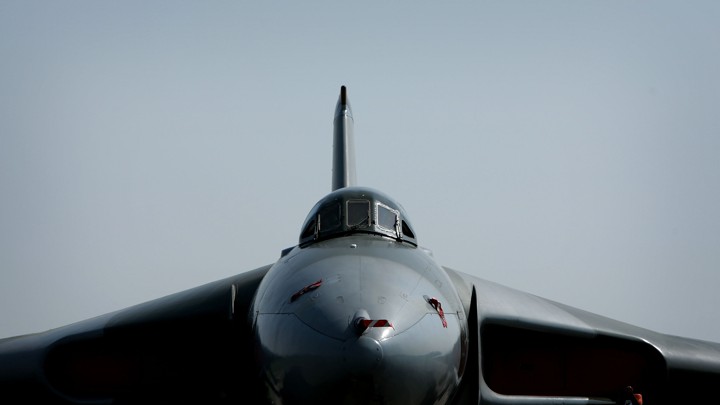Why There Are No Nuclear Airplanes

...But nuclear power came with its own problems. The reactor would have to be small enough to fit onto an aircraft, which meant it would release far more heat than a standard one. The heat could risk melting the reactor—and the plane along with it, sending a radioactive hunk of liquid metal careening toward Earth.
The problem of shielding pilots from the reactor’s radiation proved even more difficult. What good would a plane be that killed its own pilots?
To protect the crew from radioactivity, the reactor needed thick and heavy layers of shielding. But to take off, the plane needed to be as light as possible. Adequate shielding seemed incompatible with flight.
Still, engineers theorized that the weight saved from needing no fuel might be enough to offset the reactor and its shielding. The United States spent 16 years tinkering with the idea, to no avail. The Soviet Union pursued nuclear aircraft propulsion too, running up against the same problems. By 1958, an infamous article in Aviation Week, mostly made-up, claimed that the Soviets were already testing a functional nuclear airplane. Shortly after, President Dwight Eisenhower counseled calm and denounced the article as contrived. A representative of the Soviet program explained that “if we had flown an atomic-powered aircraft, we would be very proud of the achievement and would let everyone know about it.” Unfortunately for atomic-flight enthusiasts, both countries had little to brag about.
No comments:
Post a Comment